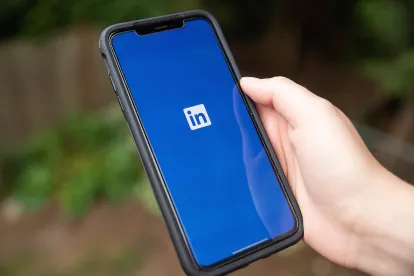When it comes to social media, how you say it is just as important as what you say.
Here are six ways to structure your LinkedIn posts to get more views and engagement.
-
Great content can get lost in long, dense paragraphs. Most people skim their newsfeeds, especially when their viewing LinkedIn on their smartphones. So break up your information into short one or two sentence paragraphs like I’m doing here. Use paragraph breaks, bullets, numbers or headers to help the reader find a connection point as they scan the post.
-
Also the first two to three lines of your LinkedIn post are the most important to capture your reader’s attention. After that point the post is truncated and says “show more.” You need to give people a reason to click “show more,” which you can do with an engaging first three lines. Think of it as your headline. Draw them in. Sometimes emojis work well here too. Storytelling does too.
-
Write LinkedIn posts in the first person. “I” and “we” help you sound like a real person talking to real people. It builds a personal connection with your audience and makes you human.
-
Always write with your audience in mind. For lawyers and law firms that means no defined terms. No formal language. No jargon. No skipping two or three spaces between sentences.
-
Put all hashtags at the end of your posts and don’t use more than five or LinkedIn can flag your post as spam. I find them hard to read when they are interspersed in the body copy.
-
Don’t put links in your posts – LinkedIn wants to keep people on its platform and will penalize you if you send them off of it. That’s why people put links in the comments. BUT I have a trick to enable you to put a link in your post that I will discuss on Wednesday at my all-new LinkedIn Master Class.
People skim content when they scroll their newsfeed. Your job is to get them to stop the scroll.
So remember, the way you format your LinkedIn posts is just as important as what you say.
What other tips would you add to this list?




 />i
/>i
